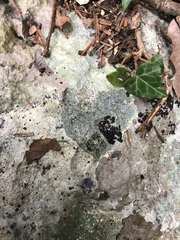Boletaceae

The Boletaceae family is a significant group within the kingdom of fungi, renowned for its diverse and often edible species of mushrooms. In the Comunidad Valenciana, these fungi are commonly found in forested areas, particularly associated with certain trees like pines and oaks. Locally, these mushrooms are sometimes referred to as "boletos," reflecting the broader term applied to the family.
Key characteristics of Boletaceae include:
- Pore Surface: Unlike most mushrooms with gills, Boletaceae have a unique spongy layer of pores on the underside of their cap where spores are released.
- Cap and Stipe: They usually feature a cap and stalk (stipe) structure, ranging in size, shape, and color, providing a variety of appearances.
- Size and Shape: Members of this family can vary significantly in size and shape, but they typically have a robust and fleshy structure.
- Ecological Role: Many Boletaceae species form symbiotic relationships with trees, making them critical to forest ecosystems.
- Edibility: Some species like Boletus edulis, known locally as "ceps" or "porcini," are prized for their culinary value, though care must be taken to identify them correctly due to the presence of toxic look-alikes.
In the Comunidad Valenciana, the Boletaceae can often be found during the autumn months, thriving in the moist and temperate conditions of local woodlands. Mushroom foraging is a popular activity, but it requires knowledge and experience to safely identify the edible types from the inedible or toxic ones.






